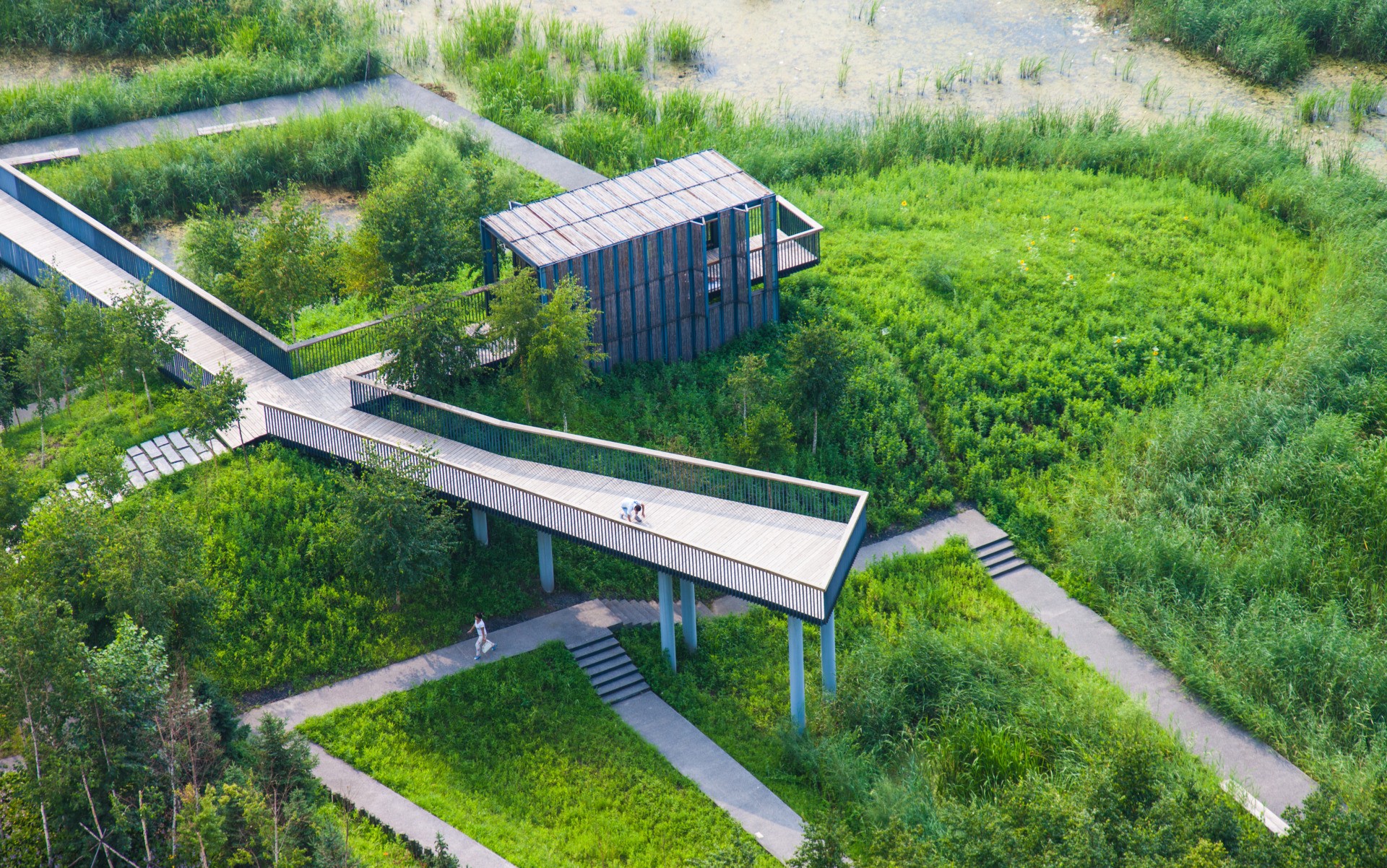The Ideal City
What would be your ideal city? There are likely as many answers as there are people but also likely to be a lot of common ground. The team at SPACE10, IKEA’s innovation lab have written a book on the topic, appropriately titled, The Ideal City. The previous link is to an interview by designboom with Simon Caspersen of the lab, which I expand on below, you can also find out more about the book on their website.
To start, let’s quote in full the lab’s vision for an ideal city, you’ll definitely find some commonality with the Fab City.
1. Resourceful. a city should ideally be self-sufficient and circular, which means both ecologically and economically sustainable; 2. Accessible: an accessible city is built for diversity, inclusion, and equality, while providing affordable housing for all in mixed neighborhoods; 3. Shared: a shared city encourages a sense of community, collaboration, and togetherness. from co-living communities to shared mobility; 4. Safe: resilience to climate change, a city that boosts our health, and provides safety for all — not just the majority or a privileged few — along with an emphasis on crime prevention and rehabilitation; 5. Desirable: a desirable city is one that is a pleasure to be in. it is designed on a human scale, making everything accessible within a 15-minute walk. It is a city that encourages the playful side of humans by promoting curiosity, wonder and discovery. It nurtures a vibrant public life, with access to culture, art, and activities, as well as appealing public spaces for relaxation, well-being, and learning.
In their chat, they talk about some of Caspersen’s favourite projects in the book, grouped under “bottom up by engaged citizens who drove the change they wanted to see in their urban environment and did not wait for architects, city planners, developers or politicians to make it happen for them,” and then projects that “highlight that positive long lasting change doesn’t require major budgets that can only happen in privileged welfare states.” The last featured project is by Yasmeen Lari, who developed low carbon and low cost structures that can withstand earthquakes and floods, with impressive results.
Supplying the technical knowledge and training for people to take charge of their lives and build structures that are resilient to and prepared for frequent extreme weather. So far, over 45,000 green shelters have been constructed through Lari’s outreach, making her work the world’s largest zero carbon shelter program.
It’s worth noting that, like most of the better initiatives, they realize that the projects in the book aren’t global solutions, but rather local examples to inspire others, solutions that can draw from each other, but need to be locally thought-up and created. Global ideas, local production.
Cities are complex ecosystems that need to be approached through a case-by-case basis. There is no one size fits all solution to cities, nor is there one toolbox/toolkit that can solve the multitude of challenges that cities face today. […]
The book is a holistic example of projects from around the world that can inspire architects, designers, city-makers, placemakers, communities, and the like towards better urban futures — through a shared idealism — not a shared form. […]
As with many forward looking articles and interviews of recent months, they then tackle some of the lessons people might have learned from the pandemic and how they might apply to the evolution of our cities.
We need to apply our learnings from the pandemic to our other pressing challenges: protecting and preserving the natural environment, addressing deeply entrenched inequalities, and creating open, desirable, and secure places for all to live. […]
In our view, covid-19 hasn’t resulted in new needs in city planning, but accelerated needs already existing — from making cities more pedestrian and bike friendly, better public spaces to ensure work, healthcare, education, and other activities that can be reached within a 15-minute walk of the home. [Emphasis mine.]

